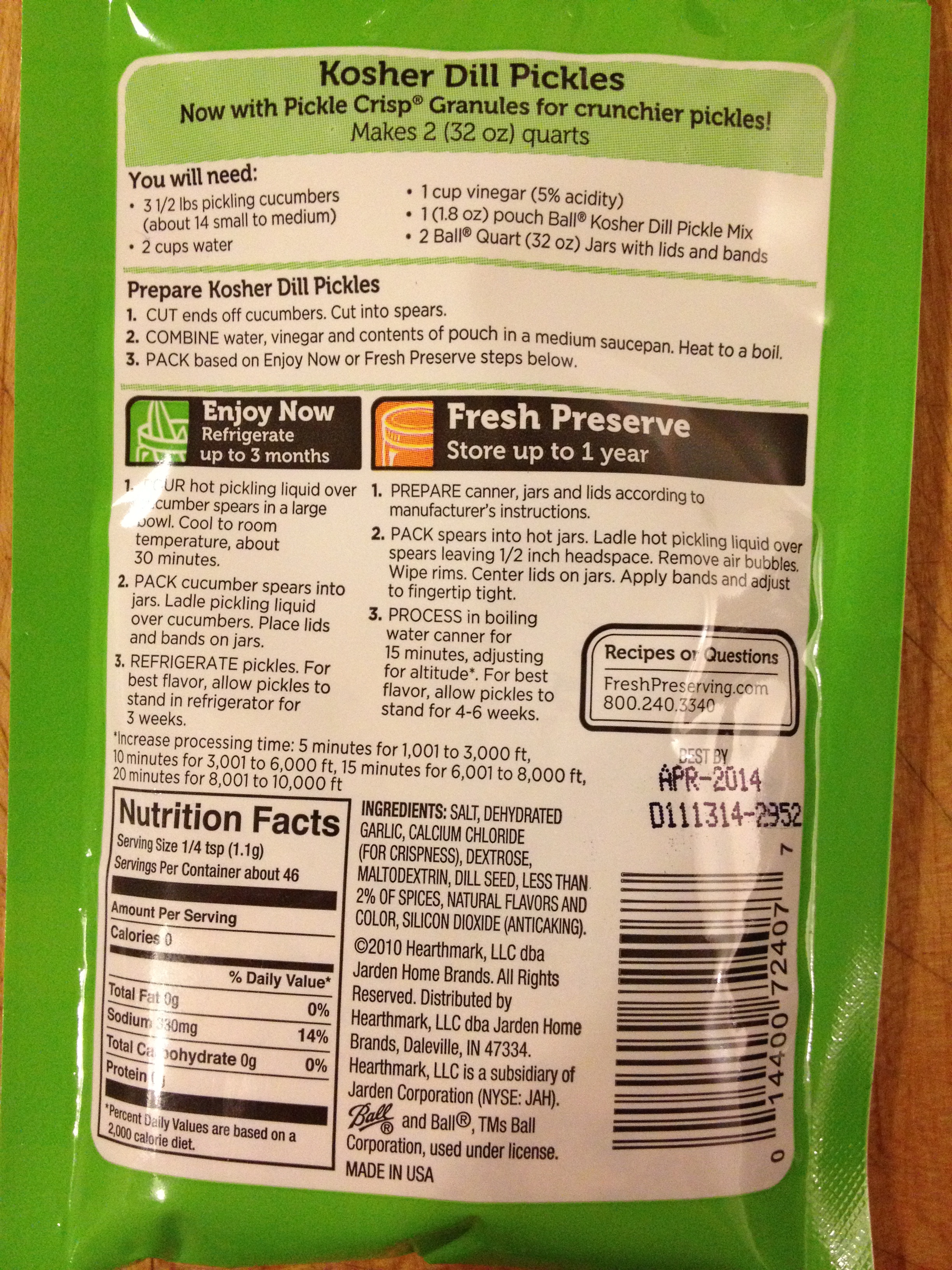Adding chili flake to the rice flour batter
We're coming up on a big weekend for the 'chi in this girl's life. Not only am I co-hosting (with Nick, who's as of this year indoctrinated into the home kimchi-making tribe) a Kimjang harvest festival party on Saturday, but then on Sunday I'll barter away a dozen or so jars at my first Alexandria Food Swap. Both occasions warrant having my recipe at the ready, so I'm repurposing from its original home on the blog I created back in '09 (warranting my first ever deployment of "#TBT", rebelliously two days before its usual use occasion).
So here's my recipe, and below it some quick facts about the Kimjang festival, an annual Korean tradition that brings moms and grannies and anyone in charge of plying their family with kimchi together to don rubber gloves in the spirit of group pickling.
Since last time I published Susan's mom's recipe, I've apparently changed the way I spell this favorite of foods--replacing the "-ee" with a tighter "-i"--and moved my operation to D.C. Tasters of first batches made in the east coast kitchen report that flavor remains in tact.
Doesn't this pile of shaved daikon radishes look like ribbons of lard? Love these bites in the final 'chi.
Recipe: Mrs. Kim's Bangin' Kimchi
Ingredients:
-6 small or 4 large Napa cabbages, salted overnight with coarse rock salt (make a salt and water solution, immerse cabbage heads, remove, rub salt on leaves of each head, leave in fridge overnight, next morning take out, rinse and let sit to drain and dry)
-2 daikon radishes: peel, then grate one of them into long thin strips using a carrot peeler (save the liquid). The other dice into 1-inch chunks
-1/3 c garlic, pounded with a mortar and pestle
-1 bunch chives (long, wide asian ones)
-2 bunches green onions
-rice flour
-korean dried chili flakes (mama Kim tells Sus to keep hers in the freezer so it stays fresh)
-8 oz frozen or fresh oysters (with their juices)
-1/2 c fermented anchovy juice (other asian fish sauce will do)
-1/3 c salted baby shrimp (Mrs. Kim sent Susan ours in a maxwell house coffee jar)
Directions:
-add rice flour to 3 cups water until you have a loose batter; add the radish liquid, fish sauce, and dehydrated shrimp.
-add the chili flakes to the batter until it becomes a thick paste
-add the shredded daikon, garlic, chives (cut into 2" long pieces) & scallions (cut into 1" long pieces), and half the oysters with all their juice
-don your rubber gloves, and rub each head of cabbage with the paste--cover the front and back of each leaf and then use your hand to close each head tightly, then submerge it leaf side down into the jar. Stuff each jar with as many cabbage heads as will fit, maybe mixing in a few covered daikon pieces to fill the empty spots. Continue until all of your cabbage is in jars, but make sure you leave a few leaves out of the jars
Leave jars outside for a day or two, on a tray that you don't mind getting dirty if a jar leaks or explodes. Then transfer to your fridge and taste, eat and enjoy over the coming weeks!
Notes:
-Don't forget the Kim house special raw kimchi treat! Wrap a leaf covered in chili paste around an oyster and plop it into your mouth. I couldn't handle how good this was the first time I tasted it, the oyster unbelievably creamy (granted we shucked our own fresh hog island oysters) against the spicy, crunchy kimchi leaf. Not something you get to taste every day.
-Wait a few weeks for your 'chi to get funky, then get thyself in a room with someone who can teach you how to make a pork belly and soft tofu kimchi stew!
Pink gloves are the traditional uniform for Kimjang
The Kimjang Tradition
The arrival of fall signals harvest time in korea, and one of the most famous fall events is kimjang, the renowned cabbage harvest, which is followed by kimchi making. Due to korea’s long, cold winters, and before the advent of refrigeration, kimjang was an important annual rite marking fall’s transition to winter. Making kimchi was the only means of preserving the harvest vegetables, along with their nutrients, for the frigid months ahead.
Unlike the flavors of spring/summer kimchi, which require little fermentation and result in a lighter touch on the palate, the flavors of cold-weather kimchi are bold and complex. They’re the result of a longer fermentation time--anywhere from just a few days to several months.
The event, which brings together neighbors and relatives like a block party, usually involves several households that, over the course of a few days, make enough kimchi to last for several months. Prior to refrigeration, making your own batch of kimchi was the only way to ensure that you had an ample supply of vegetables to last you through the winter.












